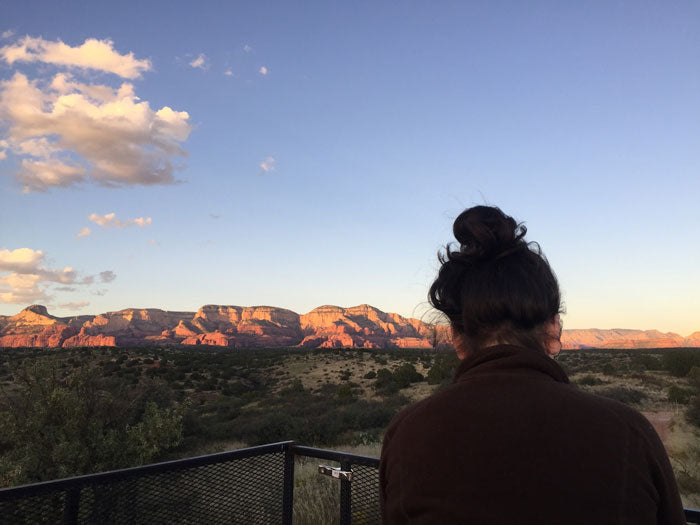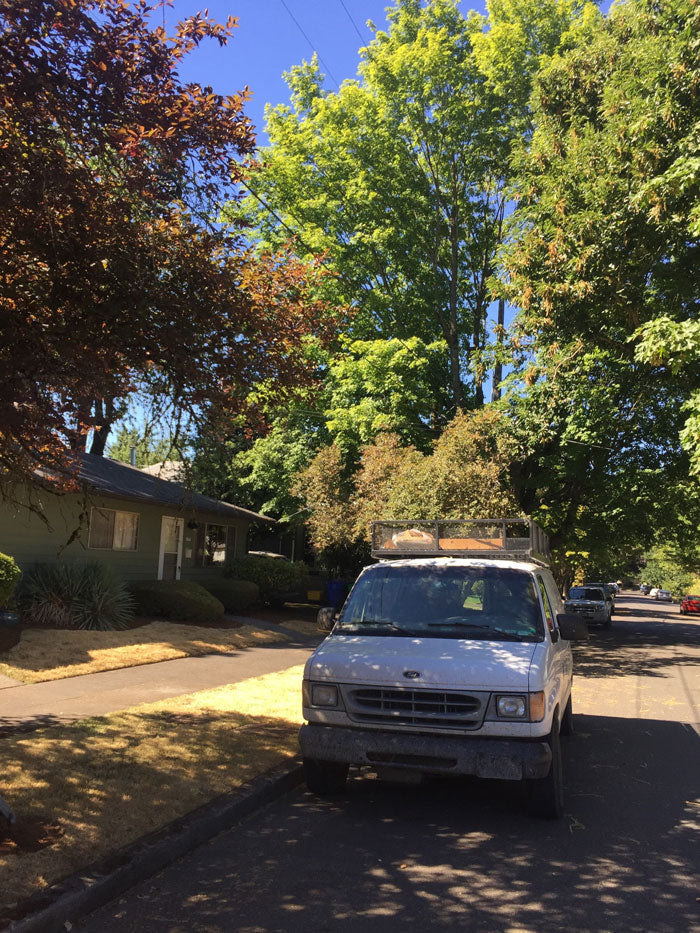
The Dirtbag Adventures: Episode 9 - Vanlife, a limited resource
 When new sports, subcultures, or pastimes start up there is a flurry of growth. People try all sorts of new things in an explosion of trial and error. As the activity gains popularity there are limits to how much available resources can support.
“Van life” is no exception. It's not completely new, people have been sleeping in their cars ever since there were cars, but in the last few years, there's definitely been an uptick in people traveling between beautiful natural places and staying in their vehicles on the cheap. Sleeping in a vehicle without paying for the parking space is certainly on the rise near national and state parks, climbing areas, etc. I'm one of the new additions to this group myself.
When new sports, subcultures, or pastimes start up there is a flurry of growth. People try all sorts of new things in an explosion of trial and error. As the activity gains popularity there are limits to how much available resources can support.
“Van life” is no exception. It's not completely new, people have been sleeping in their cars ever since there were cars, but in the last few years, there's definitely been an uptick in people traveling between beautiful natural places and staying in their vehicles on the cheap. Sleeping in a vehicle without paying for the parking space is certainly on the rise near national and state parks, climbing areas, etc. I'm one of the new additions to this group myself.
 My fiancé Casey reading by the fire on a remote forest service road turnout in Colorado.
But free vehicle camping depends on a rarely identified and completely vulnerable resource: those marginal places where stealth camping is acceptable. You'll notice I use “acceptable” and not “allowed.” There's almost nowhere that sleeping in your vehicle is directly allowed, but it can be accepted as a form of camping or simply ignored altogether in many places. I've got a few tricks for finding these places, and I'd like to share them with you.
My fiancé Casey reading by the fire on a remote forest service road turnout in Colorado.
But free vehicle camping depends on a rarely identified and completely vulnerable resource: those marginal places where stealth camping is acceptable. You'll notice I use “acceptable” and not “allowed.” There's almost nowhere that sleeping in your vehicle is directly allowed, but it can be accepted as a form of camping or simply ignored altogether in many places. I've got a few tricks for finding these places, and I'd like to share them with you.
Ask yourself “who's responsible for this land?” On a National Forest Service dirt road, it's going to a very busy Forest Ranger responsible for thousands of acres who doesn't care if you sleep in your car anyway. If you don't make it look like you're moving in permanently, you're good to go. A city park is patrolled by potentially bored police on the graveyard shift and almost certainly bans camping as a deterrent to the homeless population. I wouldn't try it.
If you've gotta break the rule, at least respect the concern. Places like Walmart parking lots and neighborhood streets usually fall into the grey zone. While there's probably a rule on the books somewhere that says you can't reside in a vehicle, the police/neighbors/property managers won't create a fuss if they can avoid it. Don't make them. I like to eat dinner, brush my teeth and make up the van in one place then drive the last few blocks to the place I'll be sleeping.
If you do get kicked out, just leave. Don't be a turd about it. When this has happened to me, I've tried to make it as friendly and positive an experience for the person charged with evicting me: this will help keep them from hunting down the next dirtbag or pushing their organizations for stronger measures against stealth camping in the future.
Leave No Trace. This applies to the front country as well as the woods. When you don't keep track of your litter, food scraps, and human waste you drastically increase the likelihood that these areas will be closed down, more tightly regulated, and less enjoyable for others. Take the extra second to look around before you leave - I can't tell you how many times I almost left something important behind.
A little planning makes a big difference. I carry Atlas state maps most places because they show National Forests and forest roads, and don't rely on data. I've found some really amazing campsites this way while traveling in between climbing spots. Once you get to a destination, local dirtbags or gear shops often have the best beta on where to camp.
This resource of parking space can be used up. While traveling in a vehicle invokes a sense of freedom, there is an element of dependence and cooperation that shouldn't be overlooked. Roads, parking lots, even forest land is managed by someone. Casey’s hair and the view from our van on some turnout Southwest of Sedona, AZ. The stars that came out an hour later were unbelievable!
But it's not just about limiting impact, it's also about cultivating the resource of goodwill between dirtbags and the communities we interact with. Instead of dodging a ranger, try asking them about their day and where a good place to camp out would be. I knew one traveler who called the non-emergency line for a small town police department in rural Wyoming: after five minutes chatting on the phone the dispatcher took down his plate info and told him he could camp in the city park without hassle!
Lastly, take some extra time to explore! Some of the coolest places I've camped have been on remote forest roads that see almost no traffic. Why stay in a crowded spot when there's still so much unexplored wilderness! On our last trip to Smith Rock Casey and I found some wild camping spots in the Ochocos that definitely beat sleeping on the ground in the Climber's Bivy.
Casey’s hair and the view from our van on some turnout Southwest of Sedona, AZ. The stars that came out an hour later were unbelievable!
But it's not just about limiting impact, it's also about cultivating the resource of goodwill between dirtbags and the communities we interact with. Instead of dodging a ranger, try asking them about their day and where a good place to camp out would be. I knew one traveler who called the non-emergency line for a small town police department in rural Wyoming: after five minutes chatting on the phone the dispatcher took down his plate info and told him he could camp in the city park without hassle!
Lastly, take some extra time to explore! Some of the coolest places I've camped have been on remote forest roads that see almost no traffic. Why stay in a crowded spot when there's still so much unexplored wilderness! On our last trip to Smith Rock Casey and I found some wild camping spots in the Ochocos that definitely beat sleeping on the ground in the Climber's Bivy.
 Neighborhood streets work just fine as a place to camp, just don't disturb the neighbors and keep in mind the road is rarely level!
Neighborhood streets work just fine as a place to camp, just don't disturb the neighbors and keep in mind the road is rarely level!









